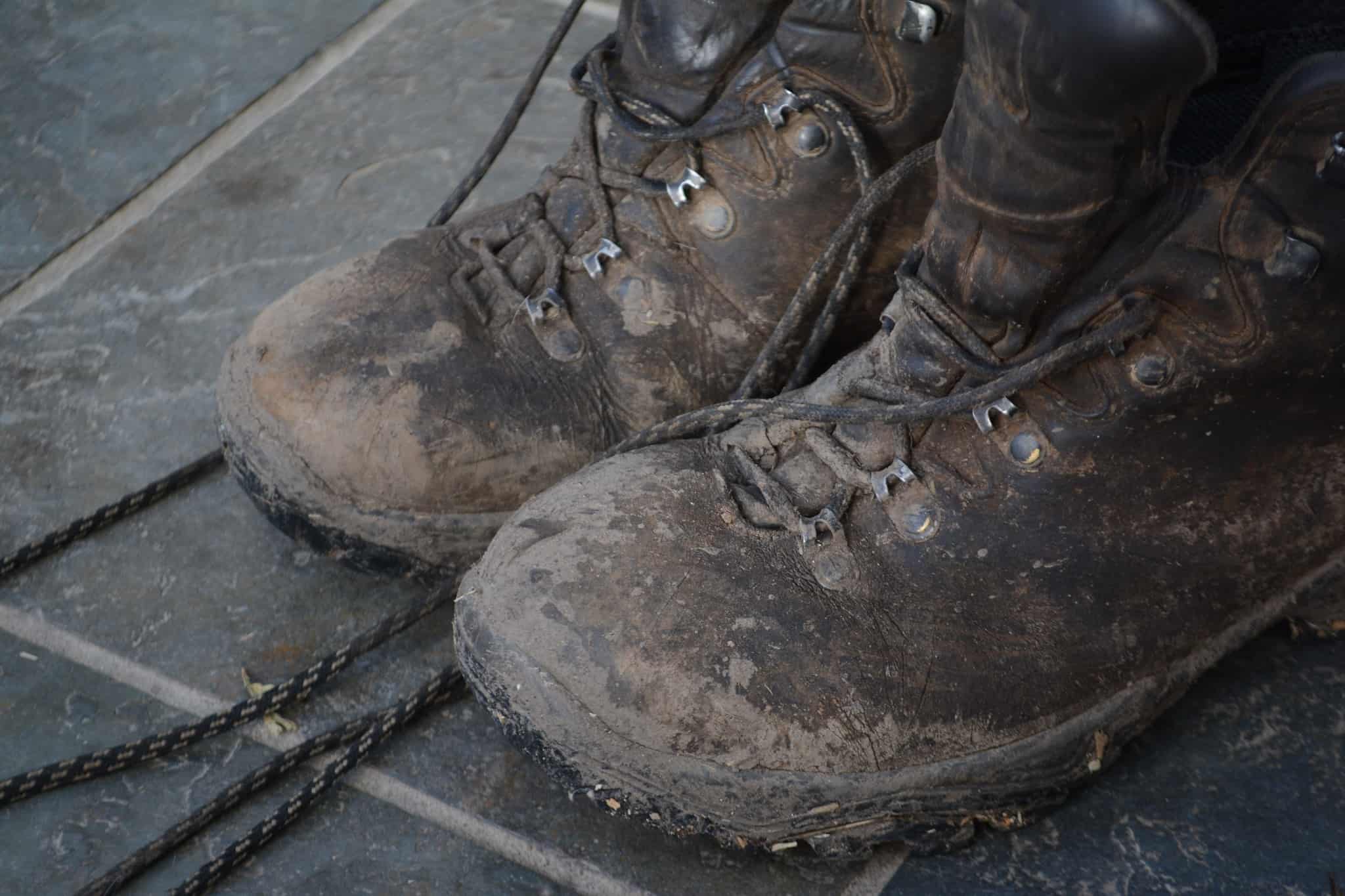Your new boots may not feel super comfortable at first; don’t be alarmed, some initial discomfort is very normal.
As you spend more and more time in your new hiking boots, you may notice thickening of the skin on your feet in some areas—these areas, called calluses, are normal developments for people who do a lot of hiking, and these calluses act as a protector for your feet.
However, things like blisters and extreme discomfort in the boots even after a couple weeks of breaking them in may indicate a major change to cushioning or boot type is required. If this occurs, try out a variety of insole cushions, hiking socks, and other accessories to make wearing the boots more comfortable. If the discomfort continues, you may have picked the wrong size of or type for your feet.


Comments are closed.